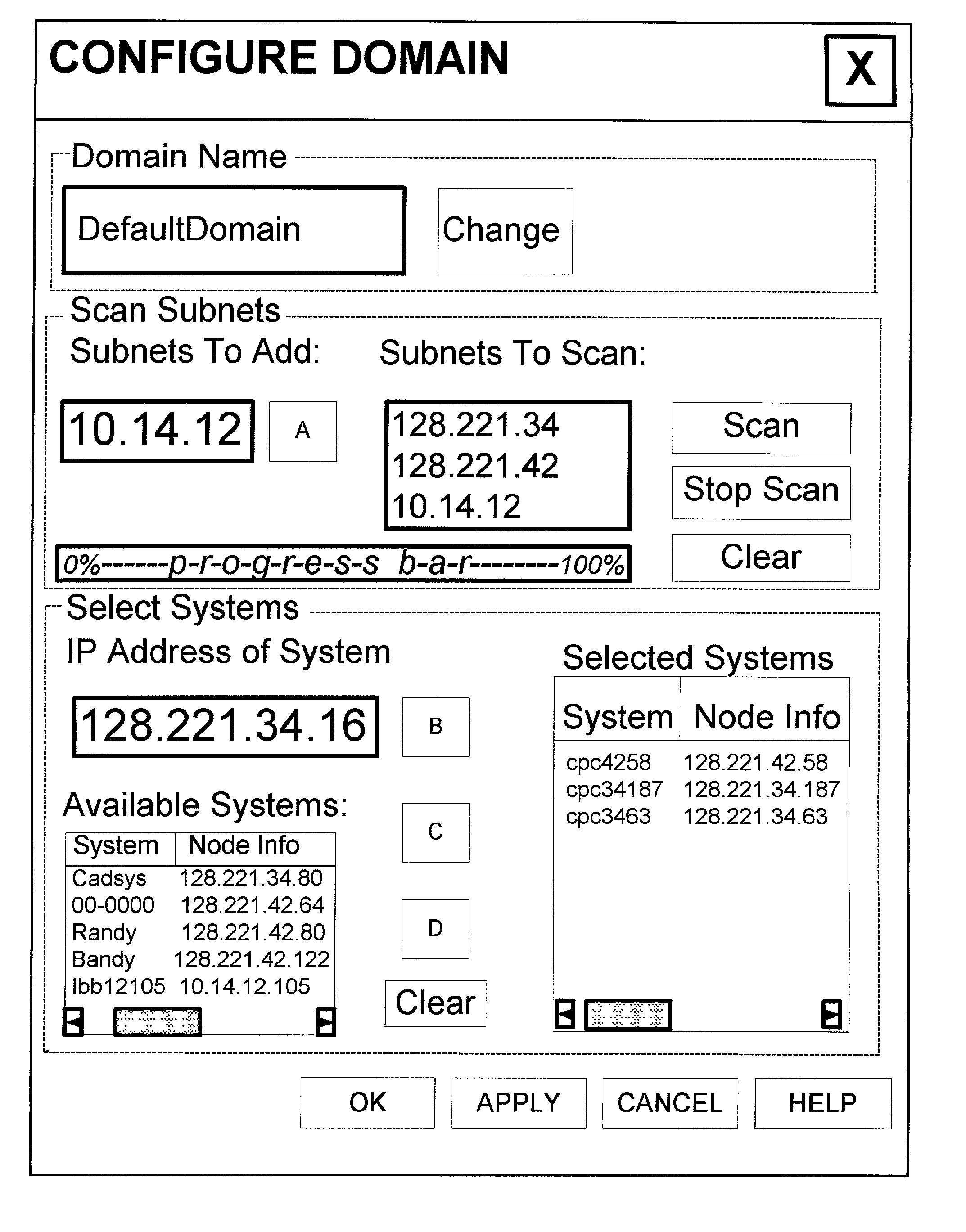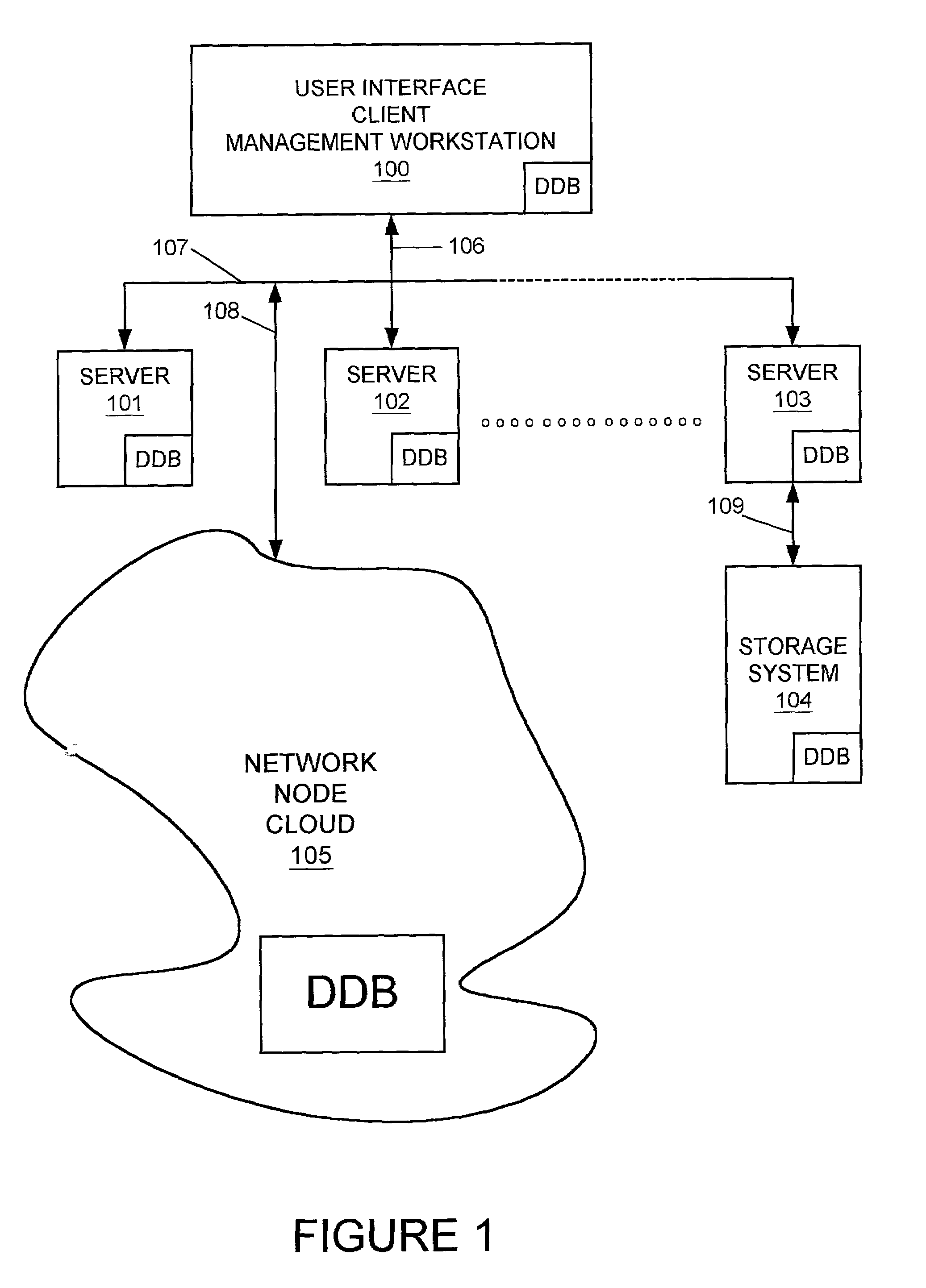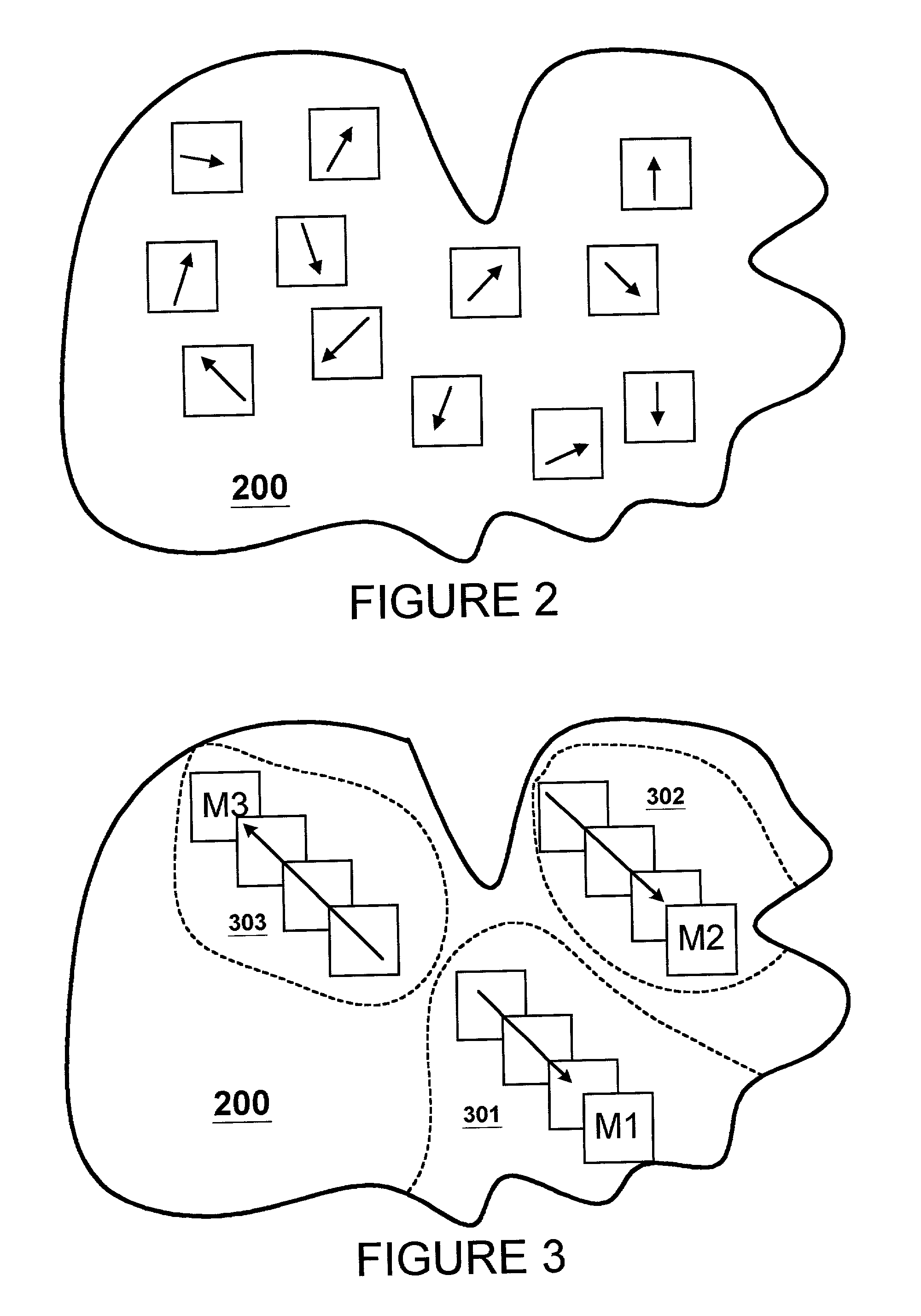Managing a distributed directory database
- Summary
- Abstract
- Description
- Claims
- Application Information
AI Technical Summary
Benefits of technology
Problems solved by technology
Method used
Image
Examples
Embodiment Construction
[0047]Preliminarily, section headings which refer to figures to which they principally relate are used hereinbelow as an organizational aid. However, there may be discussion of subject matter reflected in a particular figure which appears in a section headed by a figure number associated principally with other subject matter. The section headings are thus not intended to be construed in a limiting manner. The terms “master node” and “master” may be used interchangeably herein and have the same meaning. And, it should be kept in mind that any network in which embodiments of the present invention are operative has an intended purpose beyond management of its nodes. For example, in a computer data storage system network, in which embodiments of the present invention are particularly useful, the main purpose of each node in such network is to enhance the overall network function of storing data, and management of its distributed DDB is only one operation involved in that overall data st...
PUM
 Login to View More
Login to View More Abstract
Description
Claims
Application Information
 Login to View More
Login to View More - R&D
- Intellectual Property
- Life Sciences
- Materials
- Tech Scout
- Unparalleled Data Quality
- Higher Quality Content
- 60% Fewer Hallucinations
Browse by: Latest US Patents, China's latest patents, Technical Efficacy Thesaurus, Application Domain, Technology Topic, Popular Technical Reports.
© 2025 PatSnap. All rights reserved.Legal|Privacy policy|Modern Slavery Act Transparency Statement|Sitemap|About US| Contact US: help@patsnap.com



